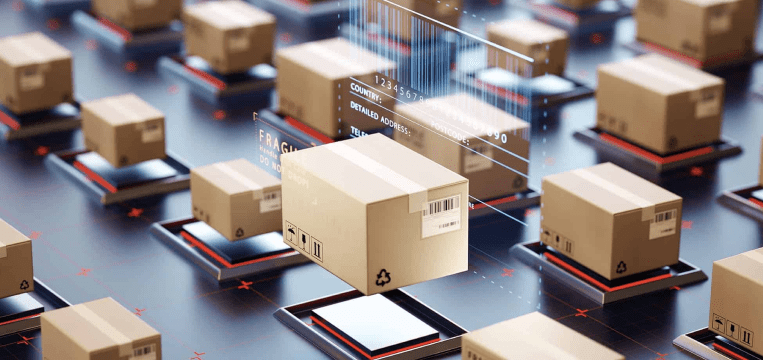Today, medium to large trucking companies usually provide their drivers with a mobile application. These apps minimize the time spent on tedious operational tasks and help attract younger drivers.
The big question for trucking companies is whether they should purchase a white-label software solution – or opt for in-house development for their driver app.
Here are five reasons why building a driver app in-house is a good strategic investment:
1. Control over updates and iterations
Relying on third-party driver software leaves trucking businesses at the mercy of another company’s timeline and priorities. Too often, this results in painful delays to updates and feature enhancements – even those crucial for maintaining operations, compliance, and competitiveness.
In-house development gives the trucking company full control, enabling it to quickly adapt to regulatory changes, business strategy shifts, and driver feedback. This mitigates the impact of delayed updates and inadequate responses to requests for features or integrations.
2. Integration with existing systems
An in-house driver application can be designed to integrate seamlessly with a company’s existing IT infrastructure. Deeper integration enables a smoother data flow, leading to more informed decision-making.
For example, the app can be connected to a transportation management system (TMS). With document uploads and real-time data from the driver app, TMS users can enhance logistics management, improve dispatch efficiency, and streamline transport document flow.
Seamless integration yields better data and efficiency, improving both day-to-day management and strategic business planning.
3. Long-term cost efficiency
The upfront cost of developing an in-house driver application can be substantial. The long-term financial benefit, however, often outweighs the initial expense.
In-house applications can be more cost-effective in the long run because they eliminate the recurring fees, usage-based charges, and hidden costs of white-label solutions.
Developing proprietary technology has another advantage for companies: These assets can adapt and evolve in line with their long-term business goals, offering a better return on investment.
4. Brand identity
White-label apps are necessarily generic, offering companies little to no opportunity to differentiate themselves from competitors who use the same solution. In contrast, an in-house app allows them to maintain brand consistency across all touchpoints, which can significantly improve driver engagement and loyalty.
A consistent user experience does more than just promote a strong brand image, though. It also improves usability – and thus satisfaction with the app experience among drivers. Taken together, good branding and good usability foster a sense of belonging and pride in the company.
5. Customization and flexibility
A final key reason for developing an in-house application is the sheer amount of customization and flexibility this allows.
Unlike white-label solutions, which often include unnecessary features that inflate costs, a custom app can be tailored to precisely fit the company’s unique operational needs. If a company already uses a particular route optimization solution, for example, it has no need for the vendor’s.
This tailored approach ensures that every feature adds value, directly impacting the app’s effectiveness, driver productivity, and overall cost.
On the other hand…
While the benefits of developing an in-house driver app are clear, there are also weighty downsides:
- High initial investment: The large upfront cost of developing a custom app makes it difficult to afford for smaller trucking companies with limited capital.
- Resource and expertise requirements: Creating and maintaining an in-house app requires specific technical expertise. Companies must hire or reallocate staff, which can strain resources.
- Ongoing maintenance and updates: An in-house app is a long-term commitment. To stay functional and useful, it will require regular updates, bug fixes, and enhancements.
- Time constraints: Custom development involves a lengthy process of planning, design, development, and testing, which hinders rapid market entry or expansion.
Conclusion
Building an in-house driver app has significant strategic advantages for trucking companies.
While the upfront cost and resource use are substantial, in-house development gives companies full control: They can tailor their driver application precisely to their present needs and long-term business goals. A well-designed custom app can strengthen brand identity and driver loyalty. As only useful features are included, the performance often outstrips white-label solutions.
However, organizations should carefully assess their ability both to develop a custom application and to maintain it in the long run. If that is the case, building an in-house solution is a sound strategic move.

Planning on developing an application in-house?
Ensure your drivers submit high-quality transportation document scans – effortlessly and from any smart device!
Here’s what you can do next:
- Try the demo app to get a glimpse of the SDK’s functionalities.
- Get in touch with our Sales team to discuss your use case with our solution experts.



